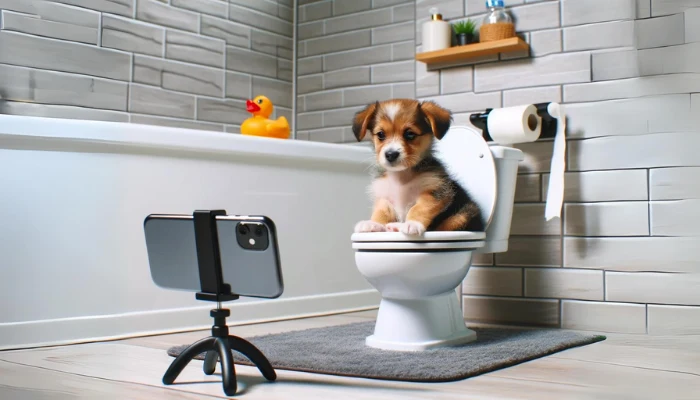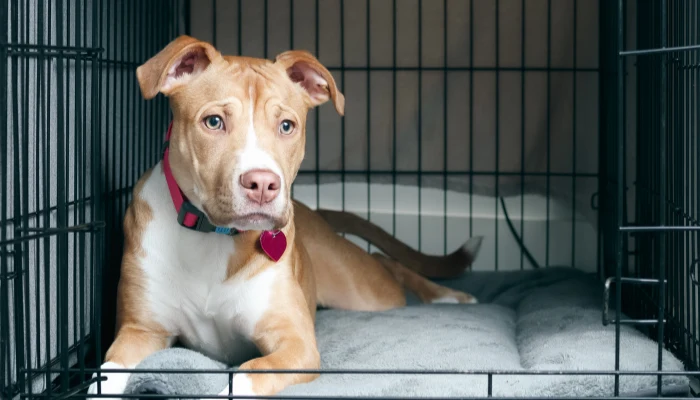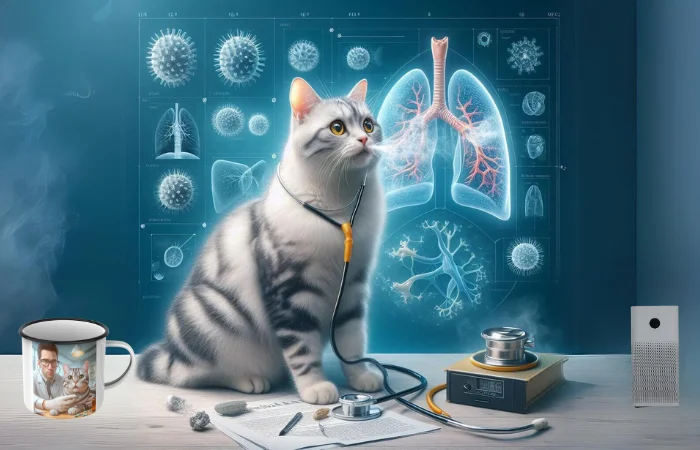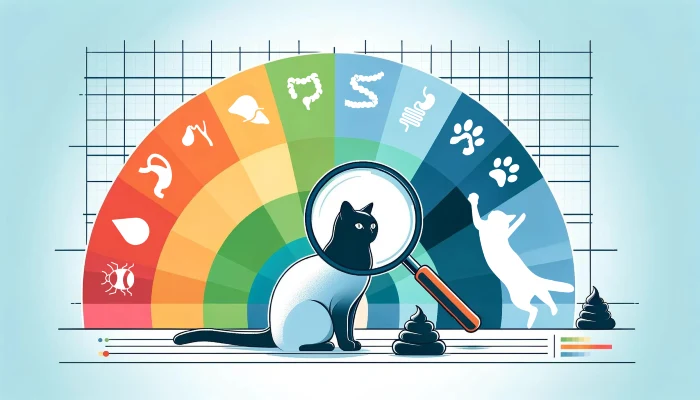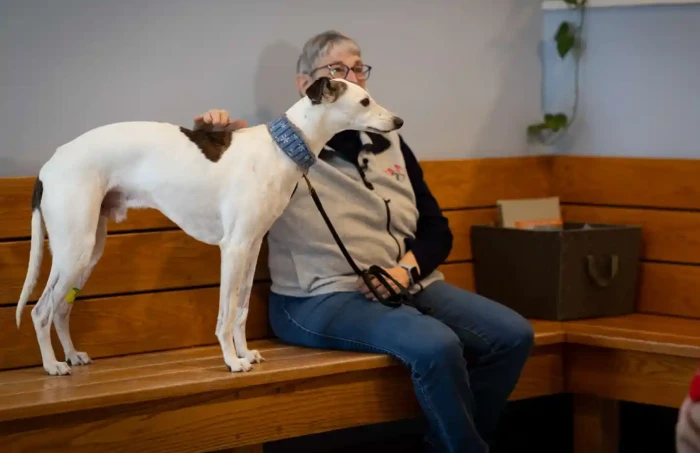As a pet owner, it’s important to have a plan in place for your pet in case of a natural disaster. After all, you don’t want your beloved dog or cat to end up in a video like the one above!
Here are some tips to help you be prepared before disaster strikes.
Tip #1: Prepare a disaster kit for your pet(s).
No need to overcomplicate it. I’ve included a handy list of supplies below.
Tip #2: Make sure your pet is wearing a collar with an ID tag.
It’s important that the ID has your current address and phone number on it.

Tip #3: Microchip your pet(s).
Get your pet microchipped if possible. The cost to microchip a cat or dog is $40 to $50 on average and well worth it.
This way if your pet is lost it can be identified easily by most veterinarians or animal shelters.
Tip #4: Emergency kit must be easy to locate by everyone.
Keep your emergency kit in an easy-to-find location that all family members know. Even the youngest member of your family must be able to retrieve the emergency kit in the event of a disaster.
The kit should be labeled and in an easy-to-carry container.

Tip #5: Compile a list of emergency locations.
Even in the event of a natural disaster, not every emergency shelter or business will accept pets.
Do your best to compile a list of area emergency shelters and hotel/motels that accept pets, so you know where you need to go.
Tip #6: Evacuate early.
Should the local authorities recommend evacuation, do not take chances.
Always try to evacuate early, especially with pets.
Tip #7: Shelter in place wisely.
If you are sheltering at home, place your kit in your safe room.
Make sure you place pet(s) in the safe room as soon as an alert is issued, so you don’t have to search for your pet at the last minute.
You might put your pet in a carrier or on a leash while in the safe room, so you know where they are until it’s safe to exit.
Hopefully you will never need these tips but now you and your pet will be prepared. Stay prepared and safe.

Recommended Disaster Kit Supplies List
- Pet First Aid Kit
- Plastic storage container with secure lid (to hold your kit)
- 3–7 days of food and bottled water (replace these items every 2 months to keep supply fresh)
- Food and water dishes
- Disposable Litter box (aluminum roasting pans work great), litter scooper and small bag of scoopable cat litter
- Extra collar (learn about smart collars here), leash and harness
- Pet carrier
- Dish soap, disinfectant cleaner and trash bags for clean up
- Pillow case (very useful for cats)
- Blanket or towels Toys and treats
- Copy of your pet(s) vaccination records, list of medications, veterinarians business card, pet insurance (if applicable), recent photo of your pet(s), list of family or friends that can care for your pet in an emergency and a list of area emergency shelters, hotels and motels that accept pets. Place all of these items in a Ziploc storage bag.









